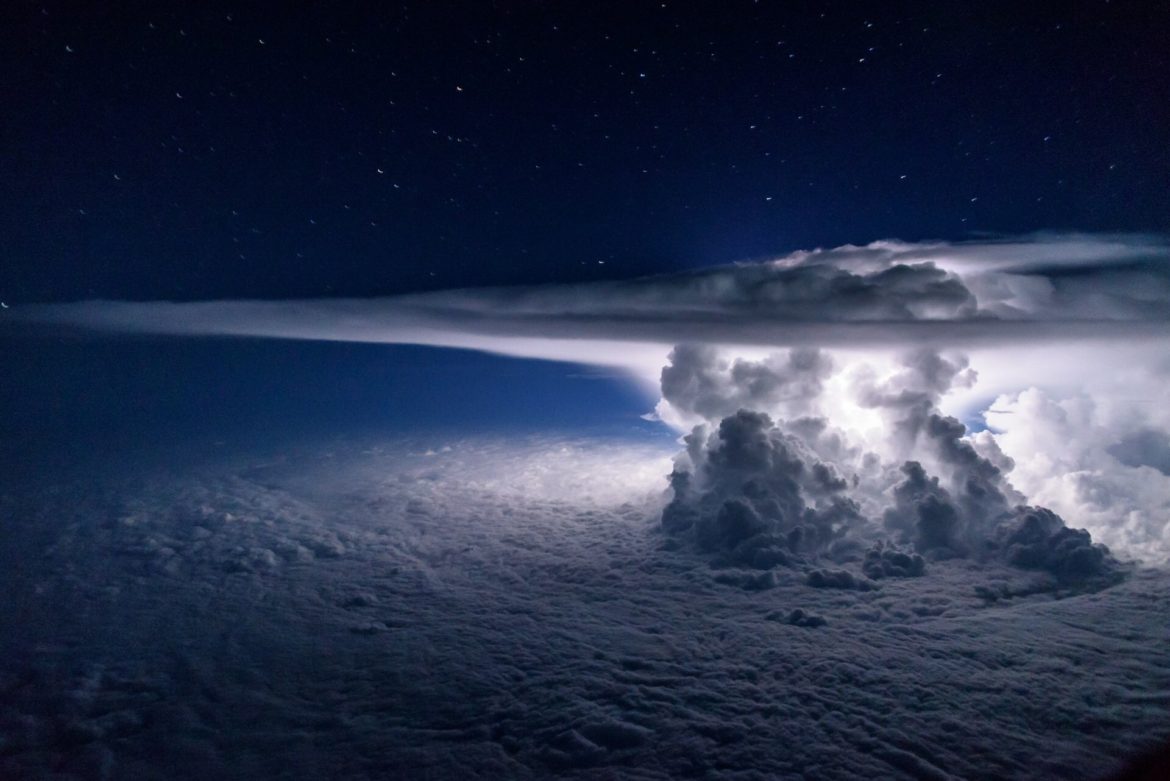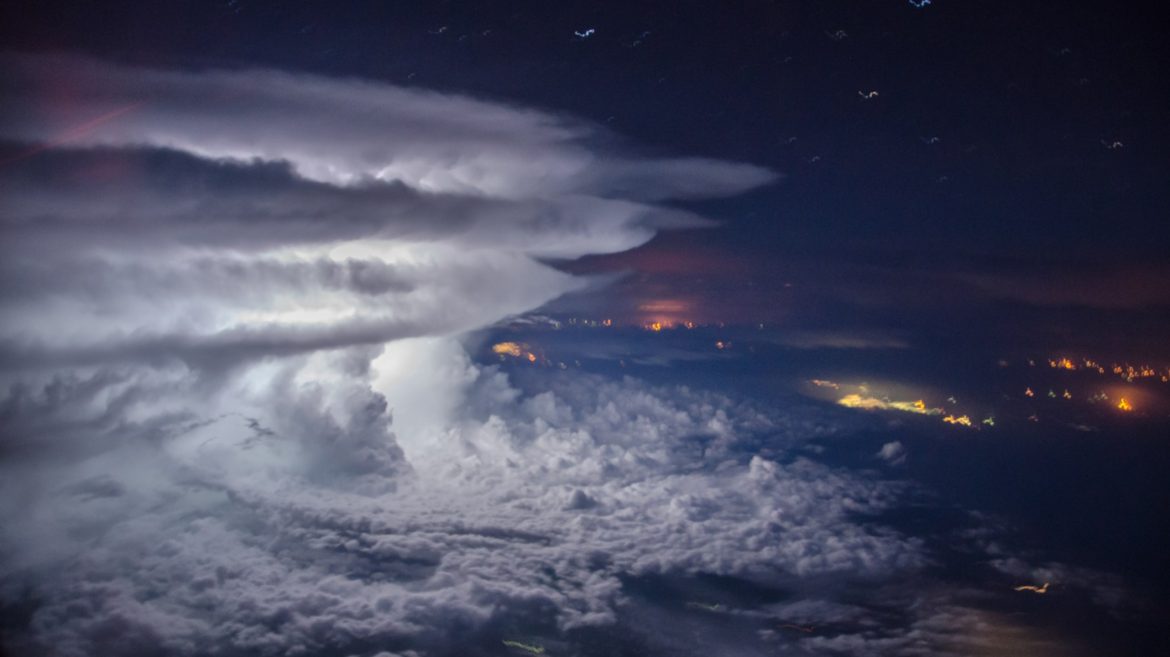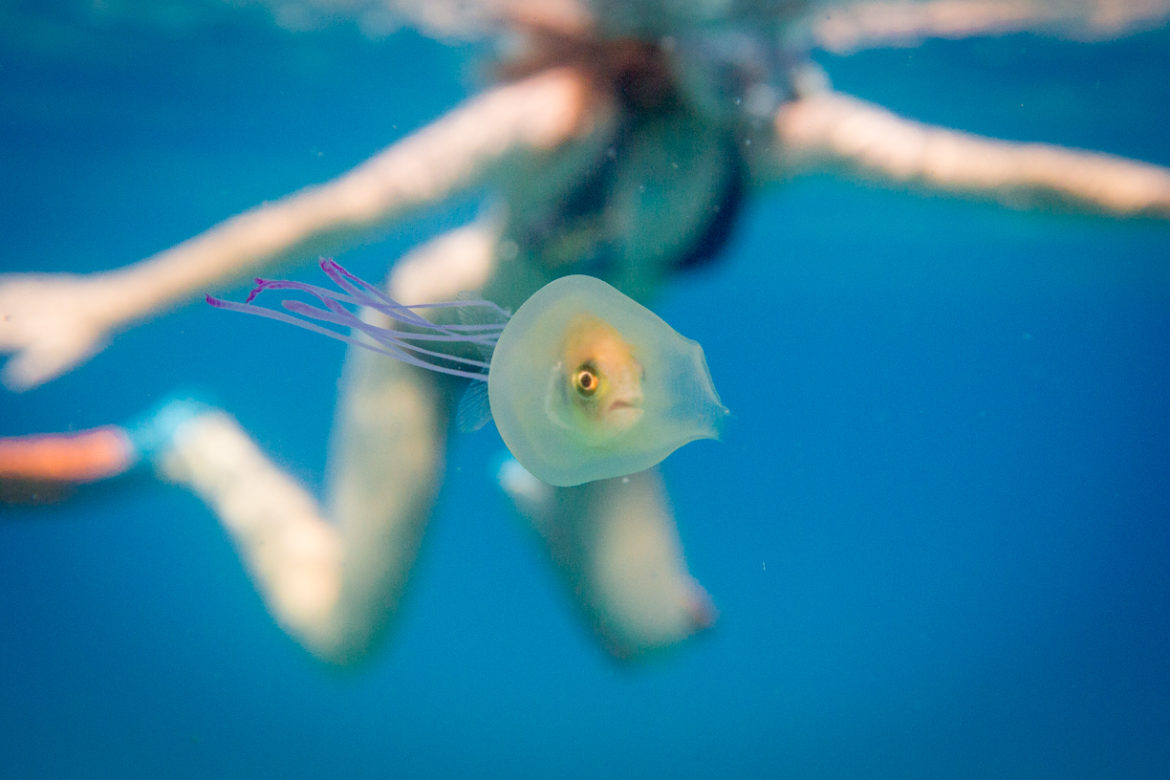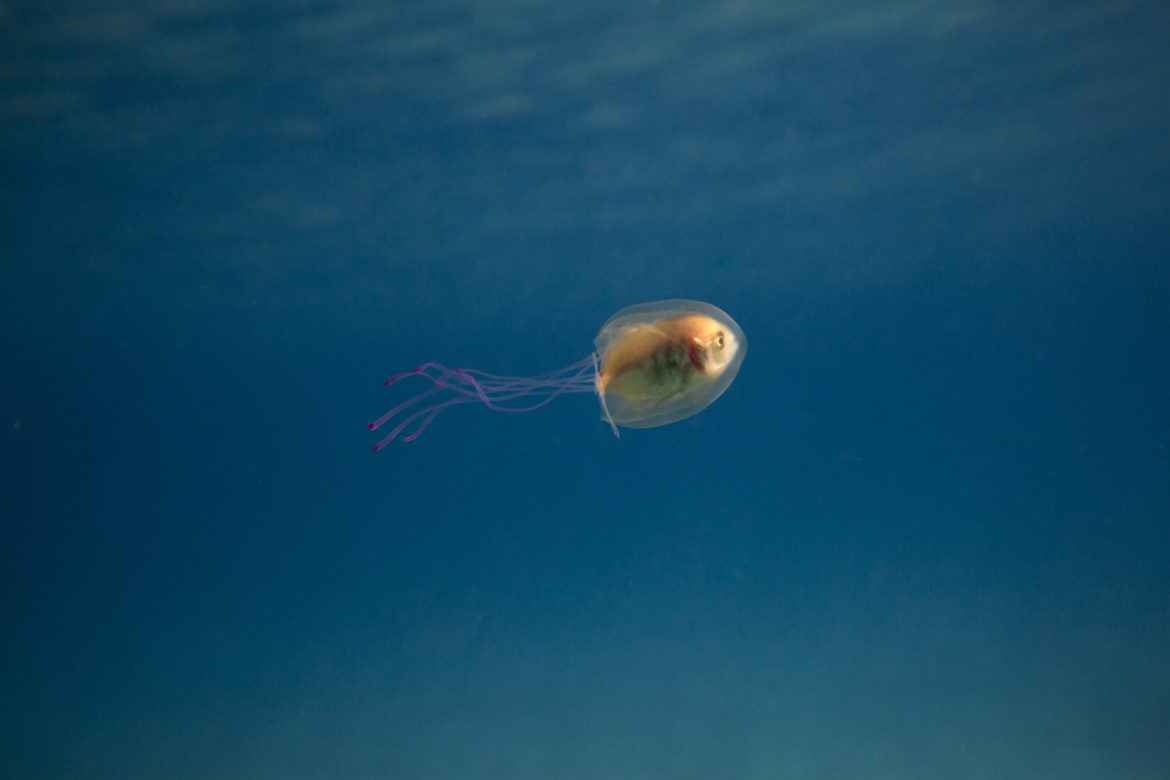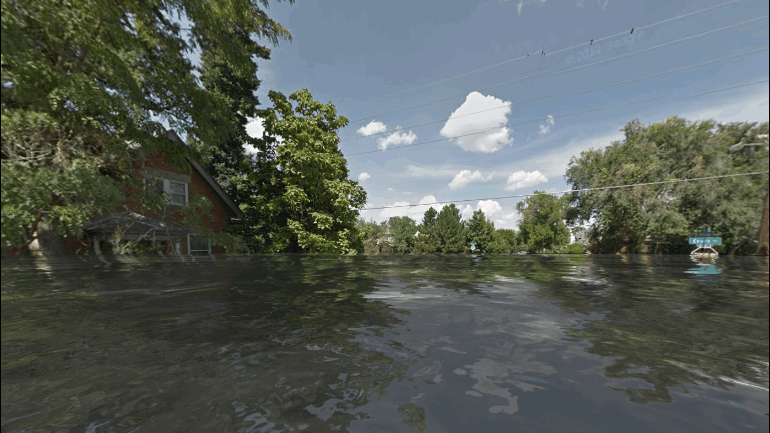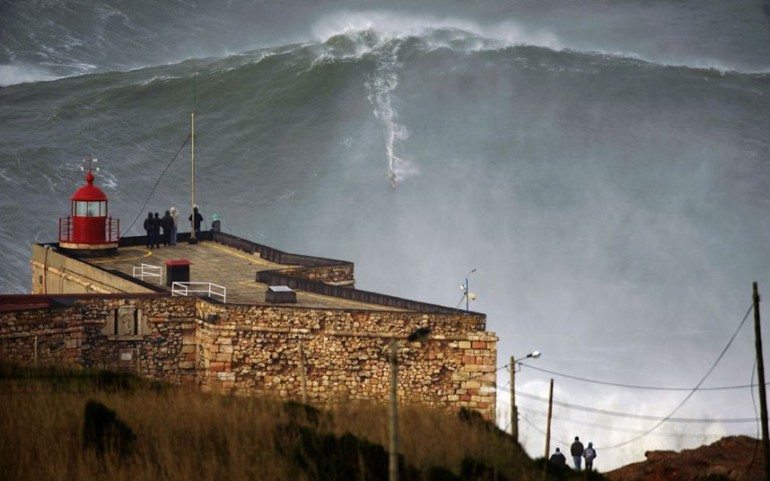Teahupo’o is the name of a large reef break in Tahiti. Named after a village on the southwest coast of the island, the break is renowned for its consistent barrels, heavy waves and shallow shoreline. An extremely shallow coral reef, which ranges up to 20 inches beneath the water’s surface creates an unusual wave shape with an effect of almost breaking below sea level. The wave’s unique shape is due to the specific shape of the reef beneath the wave. Its semi circular nature, which drops down sharply creates a ‘below water’ effect and the extreme angles in descent create an instant instability to the wave.
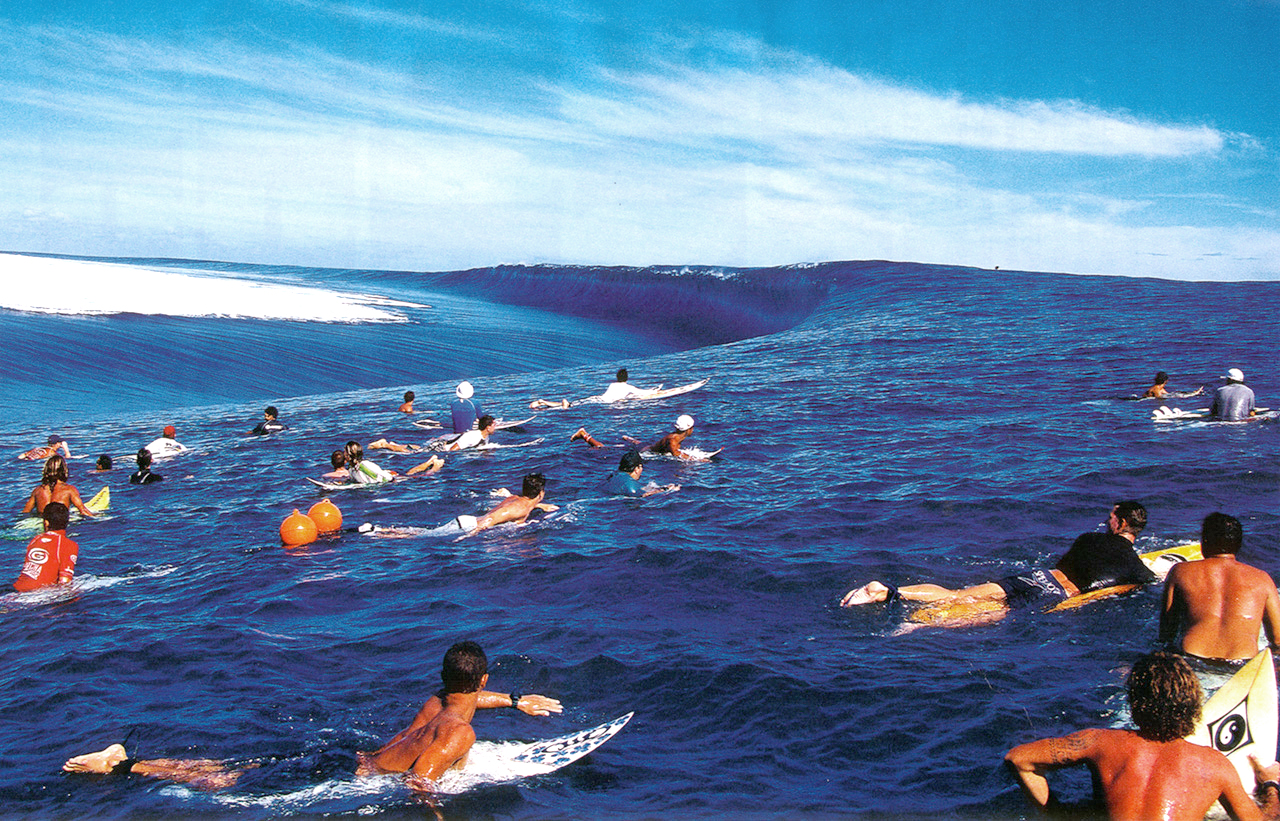 Image via Surfblogspot
Image via Surfblogspot
According to Surfing Atlas:
The extreme angle creates instant instability in the wave. The second stage of the reef proceeds uniformly down to the 300 metres contour in about 50 metres of distance, or a ratio of about 1/6 (.1667). The maximum steepness a wave is able to endure before it breaks is .17. So when height (h) is > .17 of wavelength (λ) then the wave will break. The reef at Teahupoo moves the entire available energy mass of the wave all the way from 300m to the 10m mark of the first stage of the reef at the maximum angle permissible prior to a wave breaking. Then at 10m prior to reaching the surface it puts up a steep wall of reef that causes the entire mass to fold onto a scalloped semi-circle breaking arc.
The result is an incredible moving wall of water. The video below was taken August 27th 2011 during the Billabong Pro waiting period. The French Navy labeled this day a double code red prohibiting and threatening to arrest anyone that entered the water.

